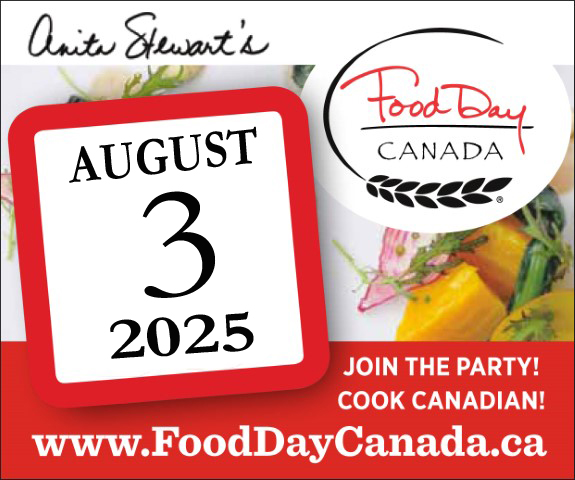“Who the *** is Charlie Carrington?” is how the The Atlas Cookbook opens. If you’re Australian, you probably don’t need to ask. Twenty-five-year-old Carrington is the chef/owner of a Melbourne restaurant that has already earned its first ‘hat’ – Australia’s equivalent of a Michelin star. Carrington’s concept is unique – his menu features a different global cuisine every four months. The restaurant closes completely for a spell each year to allow the chef-protégé to travel and dive deep into the culinary culture of a particular country. Back home, he and his team develop recipes inspired by the techniques and ingredients encountered during his research trip.
Can an itinerant visitor become proficient in an unfamiliar cuisine in just a few weeks? In many cultures, culinary skills are handed down through generations and complex recipes may take years to master. Surely it is better to focus on a single cuisine and learn to execute it well than to skim the surface of many? These were the doubts that crossed my mind when I first paged through The Atlas Cookbook. I’ve eaten in many of the countries Carrington writes about and have lived in a number of them. I wondered how his brie, intense encounters would measure up.
Each of the 20 chapters (divided among four seasonal sections) in The Atlas Cookbook opens with a brief description of the culinary culture of the country in question and lists the key ingredients. A few salient statistics (language, land area, population, currency) are provided. But when it comes to recipes Carrington goes off script. Instead of replicating the classic dishes that distinguish a particular cuisine, he uses them as a springboard for ideas, interpreting and riffing as a musician might tinker with a jazz standard. Authenticity is not the goal, creativity – evidently — is.
And how does this play out in the kitchen? I started out in Vietnam, where, Carrington writes, food is “fresh, vivid and fragrant – a balance of sour, sweet, salty, bitter and spicy.” In a nod to the French influence on Vietnamese cuisine, his first offering is a salad of Boiled Egg with Asparagus, Lettuce and Fish Sauce Butter. The dressing – essentially a beurre blanc with fish sauce and lime juice taking the place of white wine — was delicious and the salad a lovely mix of crisp and creamy textures. But it looked nothing like the beautiful photograph in the book. The recipe directs us to slice the hard boiled eggs and marinate them in dark soy sauce, which turns them an unappetising shade of almost-black. The eggs in the picture are gorgeously yellow, with no trace of soy in sight. And the salad has been liberally garnished with sliced green onions, which are not mentioned in the text.

On to Lebanon, where I learn that the official language is Arabic, the capital Beirut, the land area 10,400 sq km, the population just over six million, and the currency the Lebanese pound. The culture is “hospitable, generous and family-driven.” I chose to cook Za’atar Roasted Chicken with Fatteh. “Tangy, herby za’atar is the queen of the spice blends in Lebanon, and every family has its own version,” the headnote states. I wish Carrington had provided a recipe for his version of the spice mix as I couldn’t find za’atar on supermarket shelves and resorted to online research to make my own. The chicken, rubbed with the spice and roasted in the oven, is served with a yogurt-based sauce flavoured with pomegranate molasses, fresh herbs, and more za’atar. On the side, tinned chickpeas stirred through tahini add a textural dimension. This was an interesting presentation of traditional roast chicken and, providing you can source za’atar and pomegranate molasses, a breeze to make.
With the remaining za’atar, I made Fattoush, also from the Lebanon chapter. Carrington’s version of the bread/tomato/cucumber salad features stale pita breads blitzed into crumbs and fried in butter, and a lemon dressing spiked with feta cheese and sumac, which was tangy and delicious.
“The Argentineans are a carnivorous lot,” Carrington informs us in a chapter that includes recipes for tomahawk steak and beef cheeks. I opted instead for Potato and Rocket Salad with Orange, which he states is “a favourite at every family barbecue.” His confidence is not misplaced. With its orange juice and mustard vinaigrette, interesting mix of textures (rocket, cold potatoes, orange supremes, toasted almonds), it is a real winner, and a salad I’ll be happy to add to my repertoire for summer grilling.

Stuffed Mushrooms with Chive and Black Pepper Butter from the Cambodian chapter were also utterly delicious. Fresh shiitake mushrooms are stuffed with soy-and-spice flavoured butter, roasted, and served with a scattering of chopped cashew nuts. I served them as a side dish but the meaty mushrooms are so substantial and flavourful they could stand on their own as a vegetarian main course. Again a small discrepancy between recipe and photo – the mushrooms have clearly been de-stemmed but this important step (shiitake stems are very fibrous and need to be discarded) is not mentioned in the method.

Any doubts I had about Charlie Carrington’s interpretive approach to global cuisine were dispelled by the dishes I cooked, all of which were easy to execute and enjoyed at the table. My only quibbles were with the editorial and food styling production teams who could have paid closer attention to the testing and photographing of recipes.
With the exception of sweetbreads (from the Syrian chapter), which I don’t care for, I’m looking forward to cooking every recipe in the The Atlas Cookbook. Carrington’s food is vibrant, delicious and simple to make. Recipes are creative, with flavour pairings that work in harmony and textures that complement one another on the plate. Best of all, these are restaurant-quality recipes that are bold in concept and exciting, but eminently doable for home cooks. Bravo Charlie!
See all of our cookbook reviews on Pinterest!


